First dormant hydrangea
wreckitriz
11 years ago
Related Stories
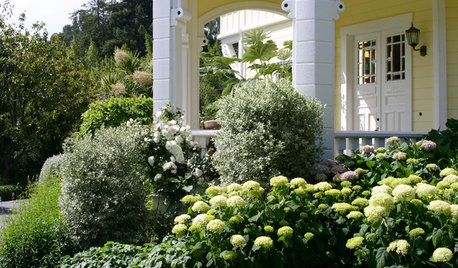
GARDENING AND LANDSCAPINGHave a Ball With Hydrangeas
Even if you don't tinker with the hue by changing the soil, hydrangeas have an entertaining range of uses in all kinds of landscapes
Full Story
GARDENING GUIDESCalifornia Gardener's June Checklist
Update your hydrangeas, catch up on tomatoes and more ways to enjoy your California garden in June
Full Story
GARDENING GUIDES10 Easy Edibles for First-Time Gardeners
Focus on these beginner-friendly vegetables, herbs, beans and salad greens to start a home farm with little fuss
Full Story
GARDENING GUIDESThe Beauty of Bare-Root Plants
Plant dormant trees and shrubs in fall using the easy, affordable bare-root method and enjoy beautiful results in spring
Full Story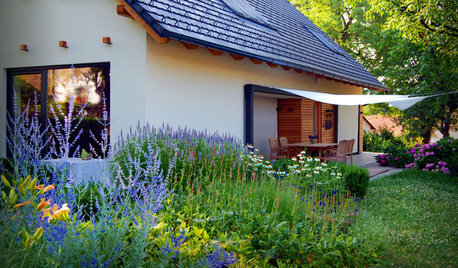
LANDSCAPE DESIGNRelish the Romance of a Slovenian Garden
Dappled with coneflowers and bursting with hydrangeas, a romantic European garden near the Julian Alps inspires enchantment
Full Story
WORKING WITH PROSWhat Do Landscape Architects Do?
There are many misconceptions about what landscape architects do. Learn what they bring to a project
Full Story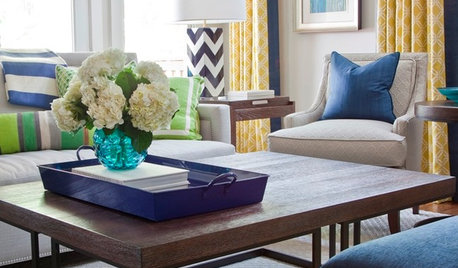
LIVING ROOMSRoom of the Day: Newlyweds Embrace a Colorful New Look
Bright accessories and rich textures amp up a bland living room in a couple’s first home together
Full Story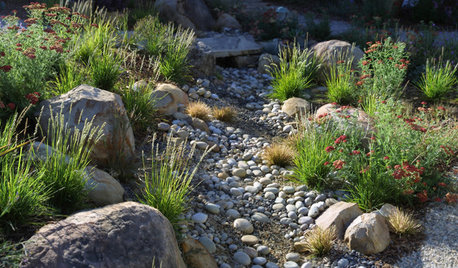
LANDSCAPE DESIGNHow to Design Your Landscape to Slow Down Water
Putting the brakes on stormwater runoff is the first step in sustainable water design
Full Story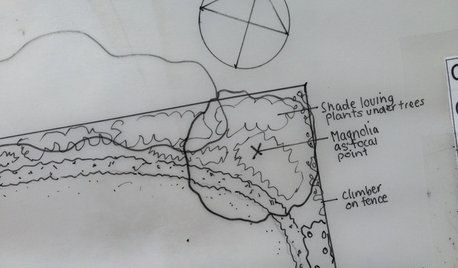
LANDSCAPE DESIGNDesign Workshop: How to Analyze Your Outdoor Site
Getting to know your site is the first step to creating a wonderful garden. Follow this 10-point checklist to get it right
Full Story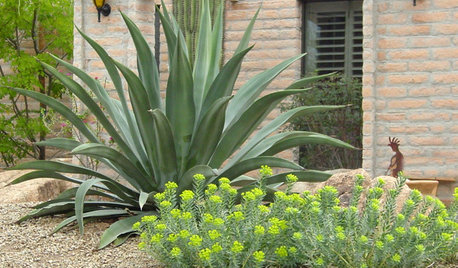
GARDENING GUIDESSouthwest Gardener's September Checklist
Cool weather's coming, so prep for the first frost, swap out plants and get bulbs for spring in the ground now
Full Story





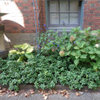
luis_pr
Related Professionals
Saint Louis Park Landscape Architects & Landscape Designers · Hartford Landscape Contractors · Jackson Landscape Contractors · Elkridge Landscape Contractors · Golden Landscape Contractors · Lemont Landscape Contractors · Longmont Landscape Contractors · Lorain Landscape Contractors · Northbridge Landscape Contractors · Norwalk Landscape Contractors · Ringwood Landscape Contractors · Wanaque Landscape Contractors · Ansonia Landscape Contractors · Inwood Siding & Exteriors · Lebanon Siding & Exteriors